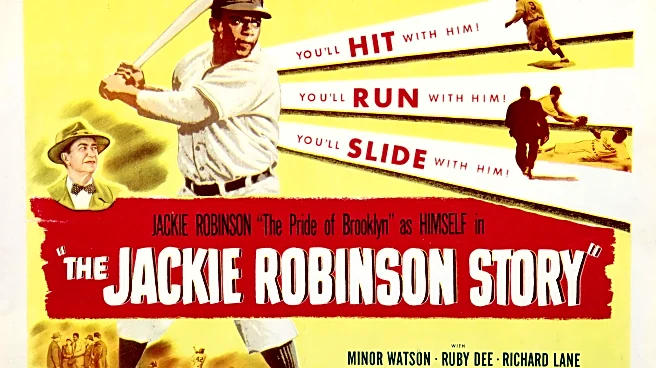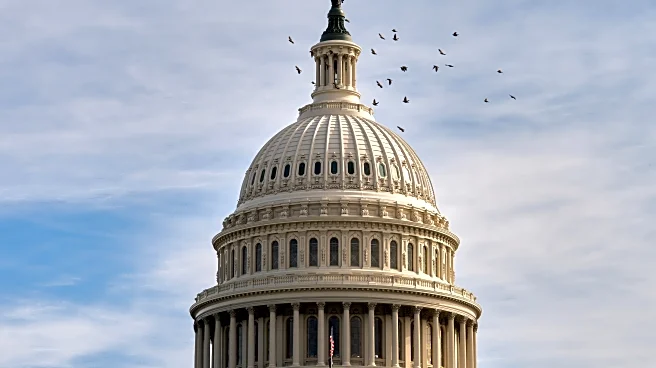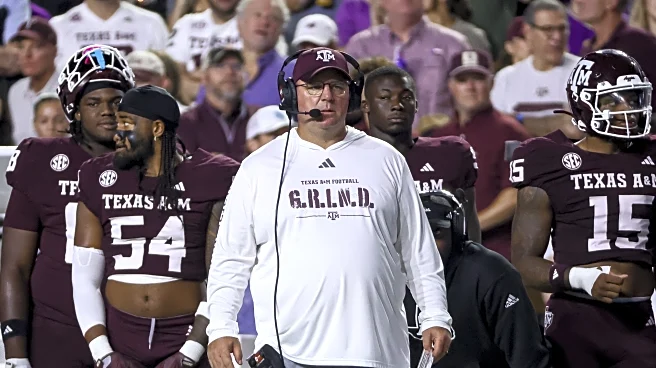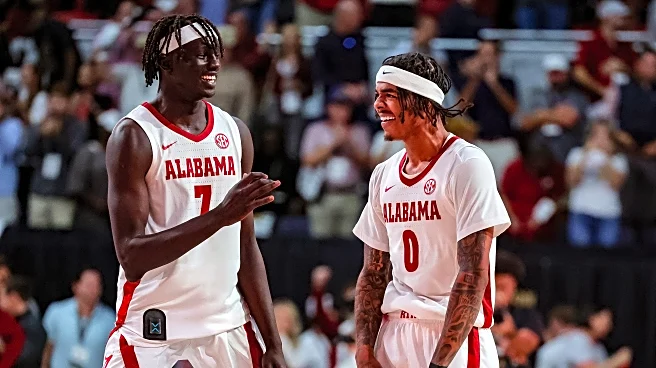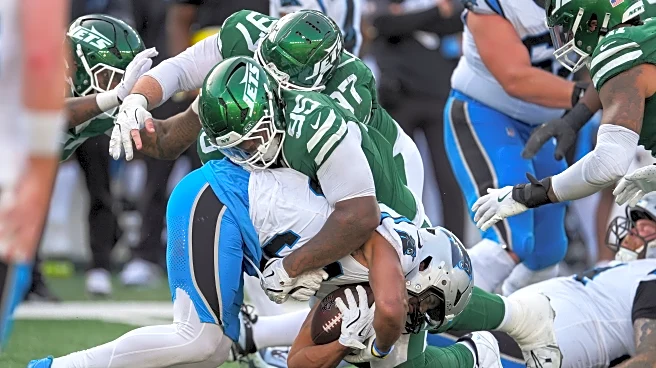
Hiya, folks! By not-so-popular demand, we’re starting TwinkieTown Movie Night!
Cue up the movie at 7:30, watch and make comments!
Yes, last week, I proposed 7:00. But one good soul suggested 7:30, and nobody disagreed, so 7:30 it is. Don’t worry, I’ll give you things to watch in the meantime.
1950’s The Jackie Robinson Story is available on about a zillion platforms — IMDb lists them all for you. Because it’s public domain. The studio just didn’t give enough of a darn to get the copyright renewed. The free
streaming ones will have commercials.
Unfortunately, most of the free options without commercials are kinda crummy video quality. Not bad enough that it bothers me — this was a low-budget movie shot really fast (in three weeks), visuals weren’t exactly a priority. So here are those “no commercials” links, that’s how I’ll be watching. This is a YouTube link. This is an Internet Archive link. Whatever works best for you.
This interesting SABR article by Tom Lee really goes to town on the movie, on its omissions, inaccuracies, and how it makes Robinson into a passive figure, with the real “hero” being owner Branch Rickey. There’s a lot of good points in the article and nothing I’d disagree with.
However, I know a bit more about movie history than the average SABR writer. And so what I’d say about this one is you have to consider when it was made.
1949/1950 is really the time of a major change in how Hollywood depicted Black people onscreen. If you’ve seen movies from the 30s and 40s, you’ll notice that Black people are almost always maids, railway porters, and the like. And if they have more than a few lines of “yessir” dialogue, it’s usually going to be portraying them as backwards, slow-witted, lazy, etc.
There were exceptions. There were some “dumb” Black characters who were playing dumb as a way to fool the bosses. There were independent Black filmmakers like Oscar Micheaux, who made movies about hot-topic issues of the day — but that was totally 100% outside the studio system. And there were what’s now referred to as “race movies,” which are a really curious sub-genre in themselves. These were super-low-budget movies made exclusively for Black audiences, and because they were shot so cheap, so fast, they tend to be pretty lousy… but the people in them talk normally. They aren’t made to talk like dimwits. And that’s pretty refreshing in itself.
Most of the time, though, in most mainstream movies, Black characters were there to be servants, or foolish comic relief, or both. And it really hurts the films. Something like The Palm Beach Story is very near a perfect movie, it’s really a blast… until the “drunk guys on train shooting at the slow-witted Black porter” scene, which is as bad as you could imagine. The 30’s and 40s had a LOT of stuff like this.
Things were starting to change in the late 40s, though. WWII had showed how vile and hateful Nazi-style bigotry could be. President Truman had officially desegregated the U.S. military in 1948. And Hollywood slowly started to respond. 1949 had at least four movies dealing with racial equality issues — and one of them I’ve seen, Intruder in the Dust, is quite good.
In 1950, the year The Jackie Robinson Story came out, we are in the middle of a transition from how Black people were portrayed in the past, and the (sometimes) more realistic way they would be portrayed in the future. (It’s also the year that Sidney Poitier had his first starring role, in No Way Out.)
So I don’t judge this movie by modern standards — I judge it as a movie of its time. And while keeping in mind that Hollywood is ALWAYS totally behind the times and totally cowardly about taking any serious stand on anything. It’s the movies, folks. Film studios have never exactly been known for their high-minded principles.
By the standards of the time, The Jackie Robinson Story is pretty advanced. No Black character is shown as a fool for comic relief. There’s outright racism shown as evil and ugly. Yes, you wish Robinson was shown as less of a passive figure. But for 1949, I’ll take it as a step forward.
And the movie was written by a guy, Arthur Mann, who was Branch Rickey’s biographer. So of course it’s gonna make him the hero!
Incidentally, both this movie and the modern 42 omit my favorite Robinson story. There had been a threat to shoot Robinson during a game. Quite nicely, teammate Pee Wee Reese suggested that all the players wear #42, so an assassin couldn’t tell which one was Robinson.
And Robinson replied, thanks, but, it wouldn’t have been hard for the assassin to figure out which one he was.
The strongest argument in Lee’s SABR essay is about Robinson’s HUAC testimony. Which is shown (sort of) in the movie. The HUAC (House Un-American Activities Committee) wasn’t run by crazed “secret Commies are everywhere” senator Joe McCarthy, but it was an offshoot of the Commie Panic that McCarthy started and fed on for a few years. Which turned a worthless joke of a dishonest senator into a national figure for awhile.
Robinson was asked to comment on whether the great Black singer/activist Paul Robeson was a Commie agent bent on destroying America. (Which Robeson wasn’t, and the whole thing was worked up over comments that Robeson never actually made.)
Robinson told the HUAC that he didn’t agree with Robeson’s comments (the ones Robeson didn’t say), but that American Black people under Jim Crow didn’t need Commies to tell them to be mad. They were already mad, and would be mad until segregation was ended. Commies had nothing to do with it.
Robinson regretted it, later — he wished he’d stood up for Robeson more. Yet if you ask me, that’s a pretty fair answer. For a baseball player being dragged into this stuff, yeah! Who already was dealing with a lot of racist crap, yeah!
But the movie changes Robinson’s comments, makes them more rah-rah ‘Murica, and leaves out Robeson’s name altogether. Lee’s essay describes this in detail. I think Lee’s right; I think the movie flubbed this. Yet, in 1949, I sorta understand why. I don’t like it, but I understand it.
Robeson continued catching crap from the Commie hunters, and, in 1949, a little while after Robinson’s testimony, gave a concert in Peekskill, NY. Rabid racists showed up to start s**t and scream horrible things.
You can see footage of this in the excellent 28-minute documentary, Paul Robeson: Tribute To An Artist. Narrated by Sidney Poitier. The trouble in Peekskill begins at the 23:02 mark. It looks like something from Alabama in 1965 or so. No, it’s Peekskill, which isn’t far from Woodstock. (There’s also a link here.)
I rewatched this documentary a few days ago, and caught something I hadn’t noticed the first time. A shot of the cops preparing for violence, in front of a store of some sort:

Wait… that’s not any relation to the modern actor, is it?
Per Wiki: “Tucci was born on November 11, 1960, in Peekskill, New York.”
So, yeah! That’s like his granddad’s store, or an uncle’s or something! Ain’t that flippin’ wild!
But, I’m not gonna leave you with bigots screaming insults at Paul Robeson. That’s ooky. I’ll give you something MUCH better.
So we’ve mentioned earlier movies where Black characters were servants and/or morons. And “race films” where they were normal people, but those movies were super-low-budget and not very good, in most cases (not all).
There’s another type of movie.
There were movies that were sort of hybrids. Featuring incredibly talented Black music performers. They generally had “comic” buffoons, but they also had some of the most gifted Black artists of their time, in musical numbers that were actually filmed very well with decent budgets.
Ever hear of the name Fred Astaire? You have. He was a good dancer. Well, Fred Astaire said the single greatest dancing he ever saw on film was this, from 1943’s Stormy Weather. Behold the Nicholas Brothers (who had no formal training: they taught themselves by watching and adapting from other dancers they saw). OH. MY. GAWD!!!:
Guess how many takes that took? It was ONE TAKE. Much rehearsing, and multiple cameras. But one take. (The director was kind of a real d**k most of the time, yet he knew how to shoot this scene right, and had the budget to do it justice.)
It was ONE TAKE. That boggles my mind. Although, if you re-watch this after having your jaw drop completely from your skull, you might notice the sax player ducking his head multiple times to avoid getting kicked in the cranium by tap shoes. This was obviously rehearsed quite a bit.
Forgive me for the heavy political stuff above… but I think you’ll agree that clip makes up for it. Don’t watch the full Paul Robeson documentary if you don’t want to (although it is really good), but you MUST WATCH that Nicholas Brothers dancing scene, and I promise it will make you happy you clicked on this link, even if you don’t feel like watching tonight’s movie.
The Jackie Robinson Story is nowhere NEAR as good as that magnificent clip; it’s super-low-budget, it’s was shot fast and cheap. Yet, for its time, I think it’s alright. I like it. And that’s good enough for me.
I promise a shorter intro for future Movie Nights! We won’t be having any theological ramblings when God convinces a mean cussy manager to get Nicer for Angels In the Outfield. I just thought a longer intro was appropriate for the first Movie Night. And definitely appropriate for the great Jackie Robinson.
Here’s the upcoming schedule:
November 14: Long Gone (1987)
TV movie about a fictional last-place minor-league team. I’ve never seen this, but it’s also free on YouTube. The Wiki page says “it’s the best baseball movie most of you never saw.”
November 21: Angels in the Outfield (1951)
A mean, cussy manager learns to be nicer, with the help of some divine intervention and a very-lovely Janet Leigh. This is free on Internet Archive. Spanish subtitles you can’t turn off, but they won’t hurt you.
November 28: Bull Durham (1987)
About a experienced catcher and experienced groupie who teach a young pitcher a thing or two. Written/directed by Ron Shelton, no relation to Twins manager Derek Shelton… but Ron DID play on a team with Derek’s dad. It’s available on Bezos Prime, but also on free streamers Plex, Pluto, Roku, and Tubi (with commercials, probably how I’ll watch it). It’s on the free library streamer Kanopy, and on library DVD.
I’ve got some good ideas for future ones if we do this more, and all movie suggestions are absolutely welcome & wanted!
But, until then, pop your popcorn, and let’s start the show at 7:30!
